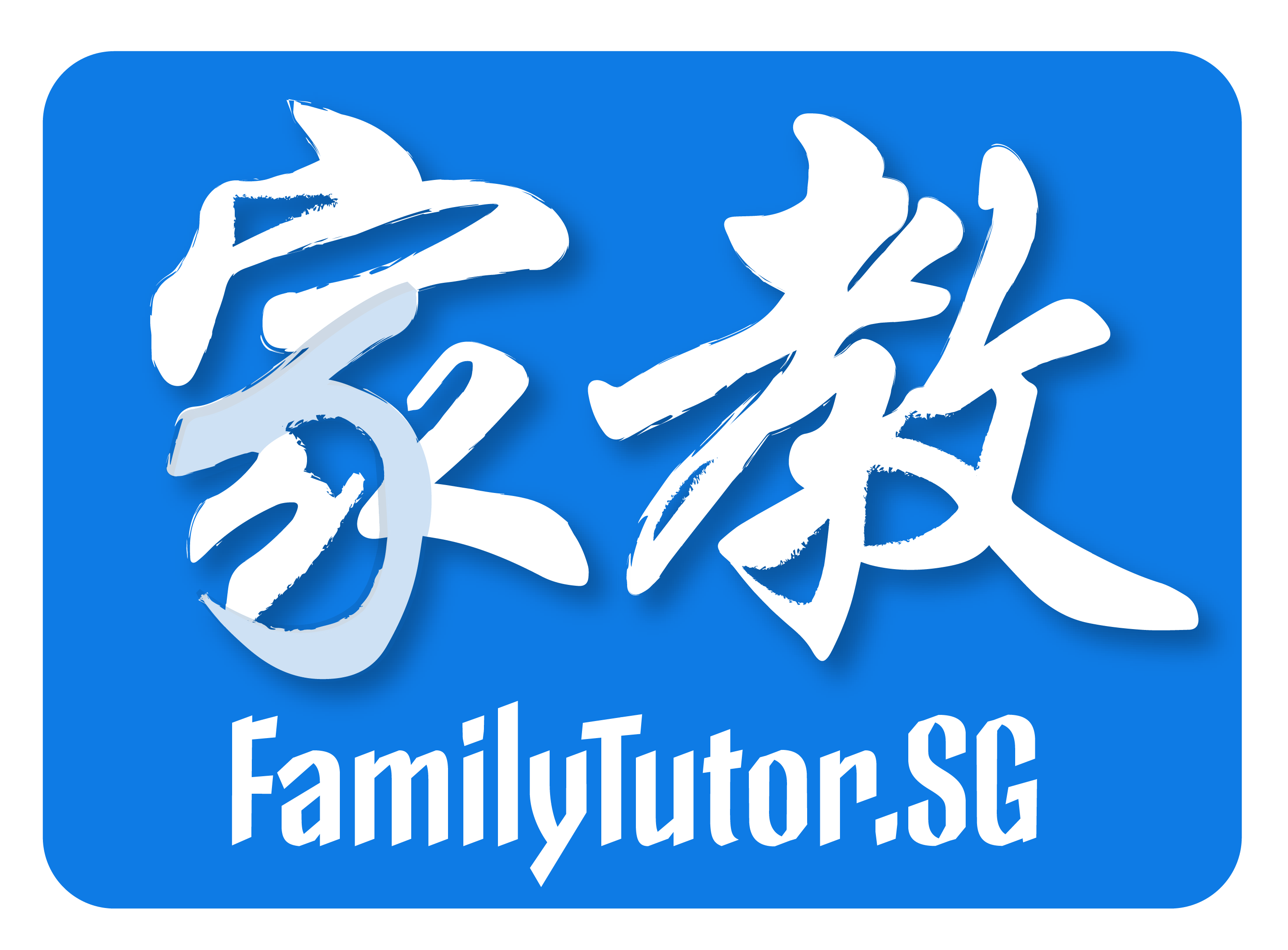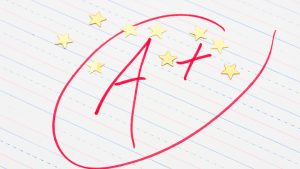
8 Tips in Making Summaries
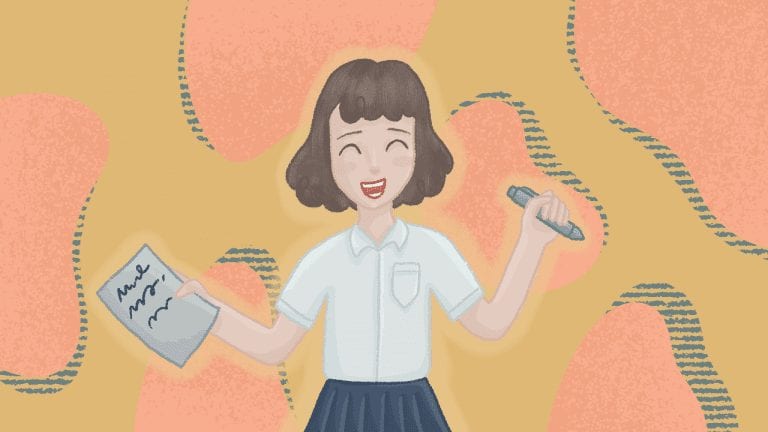
Summaries play an important part when studying for upcoming exams. When a book has too many unnecessary words and distributes information across several pages, it can be really hard to understand the contents of what a person is studying.
This is where summaries come in handy. Summaries are a collection of information from a source or reference material, be it printed text, web articles, or lectures, that have been trimmed and arranged to include only the information that is necessary for a student.
Summaries are important and relevant when one wants to study effectively. But, how does one make an effective summary that will be able to do its job flawlessly? Continue reading the article to find out how.
Why you would want to write a summary?
There are two major reasons as to why one might want to make a summary. The first of which is to aid them in studying. Brief and concise pieces of information are fitted into a summary in order to supply an individual with the information they need in order to answer an exam. Having a study material that has all the necessary information needed by an individual will greatly improve the marks that individual will get when they take an exam.
The second reason is that summaries help save precious time. Although making a summary may take some time to accomplish, the time spent making it will be less than the time saved from having to scan a few pages of a book in order to gain the information one needs to remember. One can also make a summary of a recording to save time from having to pause and rewind the audio to catch the words uttered by the lecturer.
When to make a summary
Summaries are a great way to study and all, but when is the proper time to make a summary. Well, certain situations will be more worthwhile once one has made a summary. Here are a few examples of these instances:
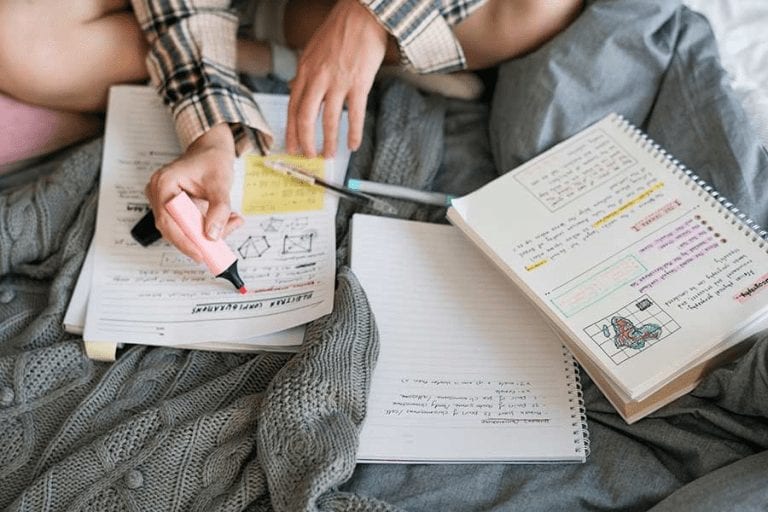
• After lectures
While most students just tend to record a lecture and leave it as a recording, it would be much more rewarding to convert such recording into a summary. Not only does it save you time from having to constantly pause and rewind a part of the recording you are having trouble understanding, but it can also serve as a way to sharpen one’s listening and critical thinking skills.
• Self-study
Most self-study sessions occur inside a library, at home, or in a café. And the most common mediums for studying would be printed text or online sources. However, there will be times when books and online articles can include a lot of unnecessary words and spread information across a number of pages. This is when summaries shine the most as they offer concise and well-arranged pieces of information that will allow an individual to study much more effectively and efficiently.
• After presentations
Most self-study sessions occur inside a library, at home, or in a café. And the most common mediums for studying would be printed text or online sources. However, there will be times when books and online articles can include a lot of unnecessary words and spread information across a number of pages. This is when summaries shine the most as they offer concise and well-arranged pieces of information that will allow an individual to study much more effectively and efficiently.
How to write an effective summary
A summary is not just a shortened version of a certain text, rather it is an intellectually augmented form of a certain text that enables one to fully grasp the context while not being overwhelmed by the sheer number of decorative words in the text. Here is a list of how to make an effective summary:
1. Read or listen attentively
Whenever you are making a summary of a chapter in a book, an article from the internet, or a recorded lecture, the first and most important thing one should do is to pay attention and listen or read attentively. This is an important step as it will allow an individual to understand the contents of whatever text, article, or lecture they are making a summary of.
Understanding the contents of the source material will allow an individual to craft a summary that is not only compact and easy to understand but filled with the necessary information from the source material as well. No summary will be effective if the important points are not included, and one can avoid making this mistake by paying attention to the source material they are making a summary of.
2. Identify the important details
After paying attention to the source or reference material, it is now time to handpick the important details and separate them from the irrelevant ones. This step should be done carefully as missing a detail can cost an individual to get a few numbers wrong in their next exam.
However, one must also be careful to not overly indulge in their summary making and include every little detail in the reference material. This act is no longer called summary making and should instead be identified as copying the contents of the source or reference material.
The important details are what an effective summary is all about. This will allow an individual to quickly scan through the parts of the topic that are relevant and crucial. This will allow an individual to save time from having to read 20 pages worth of text in order to review for their upcoming exam.
3. Make a topic sentence
Now that the main topics have been hand-picked and sorted from the sea of information in the source or reference material, the next hurdle would be to make these kinds of information easier to understand. And the easiest way to do it is by crafting topic sentences for each important detail that was picked.
Topic sentences are more presentable and easier to understand than phrases straight out of the source or reference material as they provide context that will help an individual understand the important details better. Think of it as cooking the meat after slicing it into bite-sized pieces.

4. Include supporting details
The topic sentences and important parts may be the main dish of an effective summary, but a meal is not complete without side dishes and dessert. The desserts and side dishes in a summary often refer to the statements that often support the main topic sentences.
A single stand-alone main topic without supporting details will be relatively difficult to comprehend and understand. Supporting details are necessary to make a summary effective as they are the ones that will help an individual understand the context and extent of the main ideas.
5. Make a draft
After preparing the main dish along with the side dishes and dessert, it is now time to set them down and plate them properly. Just like how a chef must place the contents of the plate accordingly to bring out the beauty of the dish, a student must also arrange the contents of their summary in a way that will allow them to easily transition from one main point to another.
Arranging the contents of a summary can be easily done by creating a rough draft of the summary. One should make sure that the contents of the draft are well arranged and make sense. If the summary one is making is contains certain events, the contents of the draft should then also be in chronological order.
A draft of the summary is much better and easier to understand a few sentences kept in a notepad that is not arranged accordingly. Drafts allow for a smoother transition from one main idea to another and arrange the supporting details so that they are always near the main ideas they are supporting.
6. Check the accuracy
After making a draft, the next step would be to check the draft for any possible errors one might have committed while formulating the summary. Every main idea should be checked for accuracy as much as possible in order to avoid any future mistakes one might commit.
The summary you are making will be the one you will use to study for an important quiz or exam, and making an error in the summary will only lead to you making an error in the exam as well. This is why a summary must be thoroughly checked and examined for errors before making it final.
7. Revise and edit
If an error or mistake has been found while scanning through the summary draft for accuracy, then the most logical course of action would be to edit that part of the summary.
Or if one is not satisfied with how the contents of the summary are arranged, then they can always revise the contents to be more fluid and easier to grasp. Revising and editing is an important step that should not be overlooked when planning to create an effective summary as this will allow one to add the finishing touches to the summary that they will use to study.
8. Repeat steps 6 and 7 until satisfied
After editing and revising the draft for the summary, you might want to double-check for any errors that may have gone unnoticed and to finalize the arrangement of the contents of the summary. When you feel like you are contented with the result, then you can finalize the draft into a proper summary that you can use to study for upcoming quizzes or exams.
If you liked what you have read and want to learn more, then consider visiting us at FamilyTutor. We offer quality home tuition for anyone from pre-school up to university. Summaries work great with improving the scores one gets, but hiring a tutor also greatly enhances the chances of an individual gaining outstanding results from their exams as well.

Carelle
Carelle is a teacher who has been through the ups and downs of the teacher and learner life. She wishes for every learner to gain educational satisfaction that will help embody the people they want to be in the future.
Tell Carelle Below What You Think About Her Post!
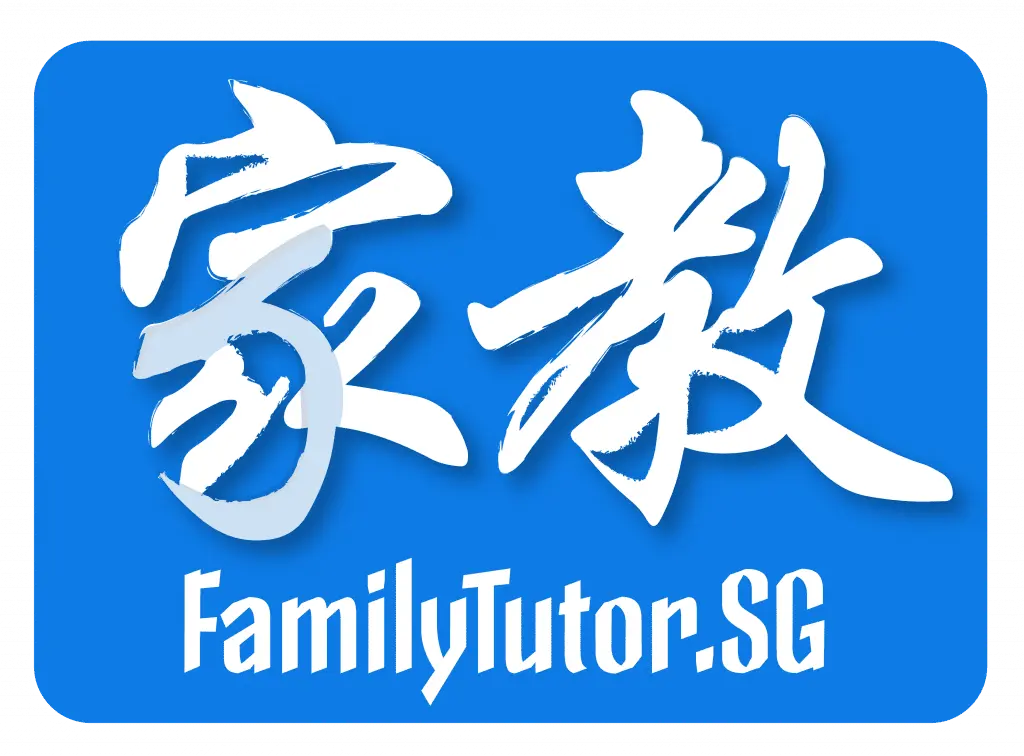
About FamilyTutor!
FamilyTutor is an established home tuition agency in Singapore! We match suitable home tutors for our clients not just to improve the students' academic grades, but also to build a strong rapport and meaningful relationship with the students and even the their whole family. FamilyTutor put every student in good hands!
If you need an excellent home tutor, feel free to call/WhatsApp us at +65 8777-2168! Our matching service is free!
Related Posts!
Follow Us On Facebook!
Our Service!
- Home Tuition in Singapore
- Home Tutor in Singapore
- Home Tuition Rates in Singapore
- Preschool Home Tuition
- Primary School Home Tuition
- PSLE Home Tuition
- Secondary School Home Tuition
- ITE Home Tuition
- N Level Home Tuition
- JC Home Tuition
- A Level Home Tuition
- Polytechnic Home Tuition
- University Home Tuition
- A-Math Home Tuition
- Biology Home Tuition
- Chemistry Home Tuition
- Chinese Home Tuition
- Economics Home Tuition
- English Home Tuition
- Geography Home Tuition
- H2 Chemistry Home Tuition
- Higher Chinese Home Tuition
- Hindi Home Tuition
- History Home Tuition
- IB Chemistry Home Tuition
- IP Chemistry Home Tuition
- IP Math Home Tuition
- IP Home Tuition
- JC Chemistry Home Tuition
- Literature Home Tuition
- Malay Home Tuition
- Math Home Tuition
- O Level Chemistry Home Tuition
- O Level Math Home Tuition
- O Level Physics Home Tuition
- Online Home Tuition
- Physics Home Tuition
- POA Home Tuition
- Science Home Tuition
- Tamil Home Tuition
Education Levels
National Exams
Math & Science Subjects
Language Subjects
Japanese Tuition
Korean Tuition
German Tuition
Humanities Subjects
Social Studies
Chinese Literature Tuition
About Us
FamilyTutor is an established and the people’s favourite home tuition agency in Singapore! We match a suitable tutor for you not just to improve the student’s grade, but also to build a good rapport and meaningful relationship with the student and even with the student’s whole family! With FamilyTutor, every Singaporean son & daughter is in good hands.
Contact Us
- 8777 2168
- 8777 2168
- Mon-Sun 9am-10pm (Including PH)
- contactus@familytutor.sg
- 17 Petir Road Singapore 678278
